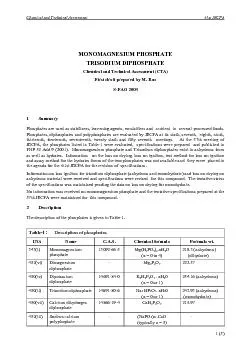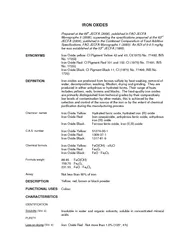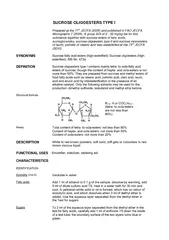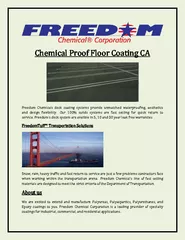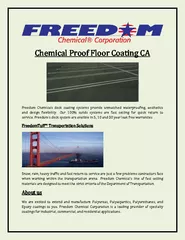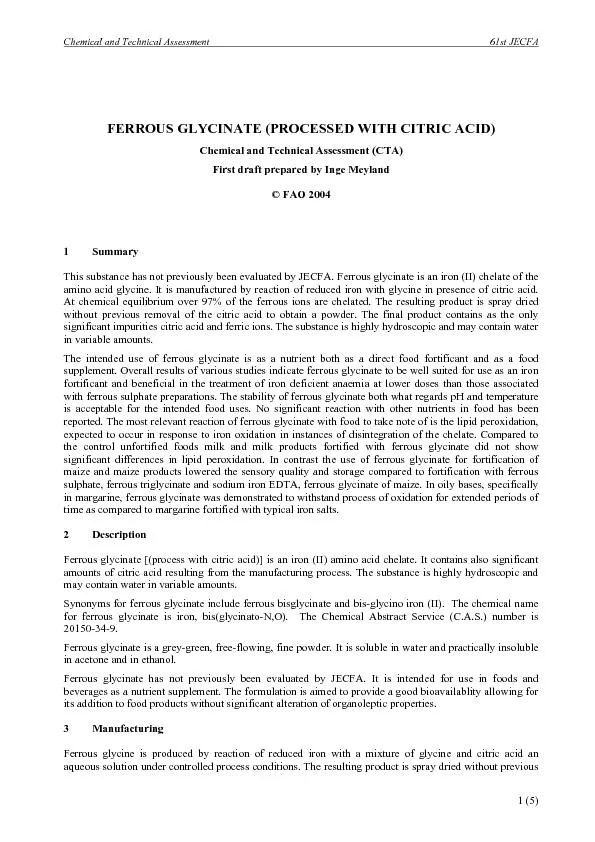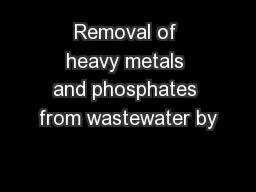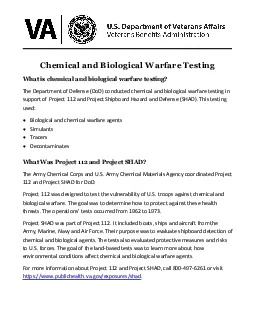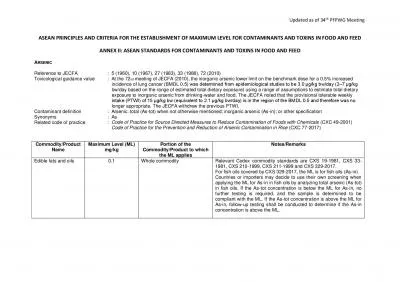PDF-Chemical and Technical Assessment Phosphates 61st JECFA
Author : natalia-silvester | Published Date : 2015-09-24
5 5 the calcium associated with the cheese proteins the calcium phosphates cannot function in this way The diphosphates can aid gel formation The polyphosphates
Presentation Embed Code
Download Presentation
Download Presentation The PPT/PDF document "Chemical and Technical Assessment Phosph..." is the property of its rightful owner. Permission is granted to download and print the materials on this website for personal, non-commercial use only, and to display it on your personal computer provided you do not modify the materials and that you retain all copyright notices contained in the materials. By downloading content from our website, you accept the terms of this agreement.
Chemical and Technical Assessment Phosphates 61st JECFA: Transcript
Download Rules Of Document
"Chemical and Technical Assessment Phosphates 61st JECFA"The content belongs to its owner. You may download and print it for personal use, without modification, and keep all copyright notices. By downloading, you agree to these terms.
Related Documents

